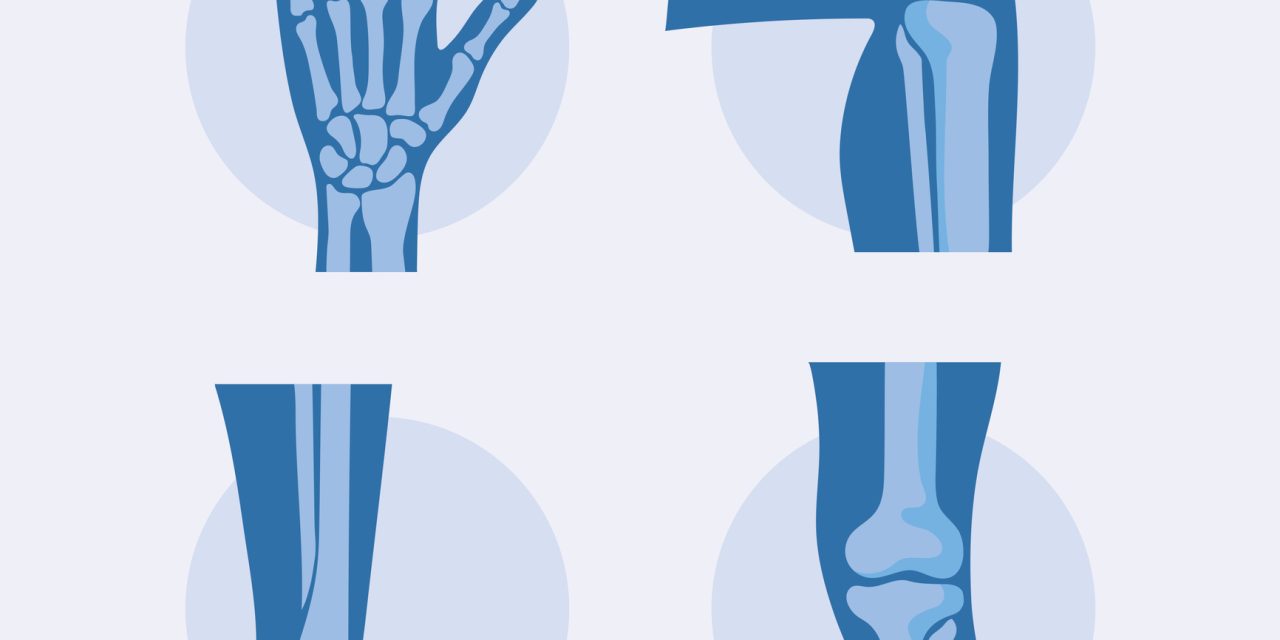Fat embolism syndrome (FES) is a rare but potentially lethal complication. Although serious FES is associated with long bone fractures and major joint surgery, the number of patients who develop fatal FES intraoperatively is probably higher than the described number. We herein report an extremely rare autopsy-confirmed case of fatal FES during posterior spinal fusion to enhance pedicle screw (PS) fixation with allograft bone augmentation.
A 74-year-old woman came to the hospital complaining of back pain, lower extremity pain and numbness, and intermittent claudication.
She was diagnosed with lumbar degenerative scoliosis and lumbar spinal canal stenosis based on imaging findings.
During posterior spinal fusion to enhance pedicle screw fixation with allograft bone augmentation, her blood pressure and oxygen saturation dropped significantly, so the operation was stopped, and cardiopulmonary resuscitation was performed. Chest computed tomography demonstrated bilateral diffuse alveolar infiltrates.
The patient died three days later due to fat embolism. The autopsy revealed diffuse myocardial ischemia and diffuse alveolar damage. Numerous fat emboli were observed at lung, kidney and spleen and small necrotic bone fragments, possibly derived from allograft bone debris, were found in the peripheral pulmonary artery.
Fatal FES associated to seemingly harmless isolated osteoporotic vertebral fractures-vertebroplasty and posterior spinal fusion has been reported. The mechanism was hypothesized to be that both vertebral fractures and spine surgery have the potential to involve bone marrow, thereby increasing intraosseous pressure, and this pressure dislodges fat and bone marrow and pushes them out into the venous circulation, causing systemic inflammation.This is the first report to show histological evidence that the allografted bone embolized to the lungs. Although several reports have indicated that inserting reinforcing materials into the tapped screw holes can enhance the pedicle screw fixation, this procedure may cause severe FES due to fat and debris of material augmentation (i.e. cement, hydroxyapatite, allograft bone). It is important for physicians, especially spinal surgeons, and anesthetists, to be aware of the potential for FES to occur during spinal surgery, which can cause serious complications in a small minority of patients.
Copyright © 2021 the Author(s). Published by Wolters Kluwer Health, Inc.
Fatal fat embolism syndrome during posterior spinal fusion surgery: A case report and literature review.


